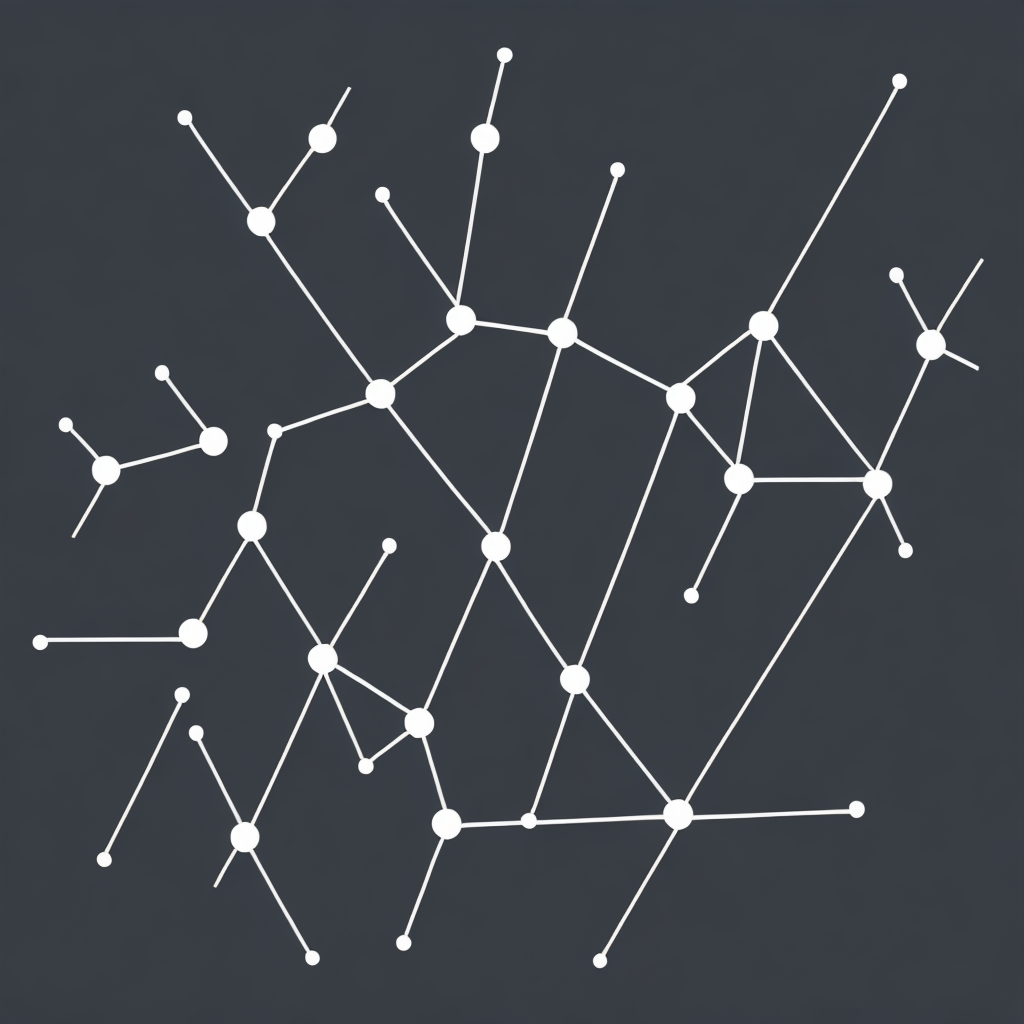Unlocking the Power of Knowledge Graphs: Navigating the Future of Data Organization and Knowledge Management
In today’s data-driven world, the amount of raw data being generated at unprecedented rates makes it challenging for organizations to manage, organize, and make sense of it all. Traditional data warehousing and management methods have struggled to keep up. Enter knowledge graphs — a powerful data representation technology that’s helping organizations not just organize, but understand their data in whole new ways. This article delves into the potential of knowledge graphs for revolutionizing data organization and knowledge management, unlocking new insights hidden within the vast seas of information.
### 1. What Are Knowledge Graphs?
At their core, knowledge graphs are a structured way to represent information, where data is interconnected through relationships, enabling easy retrieval and comprehension. Each piece of data in a knowledge graph is connected to other related data through nodes (typically representing entities) and edges (representing relationships between entities). Unlike traditional database tables that primarily focus on tabular data and relationships, knowledge graphs emphasize deep interconnections that reveal more about contextual insights.
### 2. Advantages of Knowledge Graphs
1. **Enhanced Understanding and Context**: Knowledge graphs provide a holistic view by connecting related pieces of information, thereby enriching the understanding and context of data. This interconnected nature allows users to make more informed decisions and uncover hidden business insights.
2. **Improved Retrieval and Reasoning**: Because knowledge graphs model data in a graph structure, they can utilize graph algorithms for efficient and fast retrieval of data. Additionally, they enable reasoning capabilities, helping predict new facts and connections based on existing information.
3. **Scalability**: Knowledge graphs are designed with scalability in mind. They can be integrated seamlessly into existing data ecosystems and can efficiently manage large volumes of data by providing query optimization and performance-enhancing technologies.
4. **Interoperability**: They support the integration of data from diverse sources, making them a prime choice for enterprises working across multiple systems and data silos. Knowledge graphs ensure that data can be queried, analyzed, and connected irrespective of where it originates, promoting a unified view of the organization’s data landscape.
### 3. Applications and Examples
1. **Personalized Recommendations**: Netflix and Amazon utilize knowledge graphs to offer users highly relevant product listings and movie suggestions based on users’ preferences, history, and connections between other users’ similar behavior patterns.
2. **Healthcare**: Knowledge graphs can be used in the health sector to integrate patient records, medical research, and clinical trials, enhancing the diagnosis and treatment processes by providing insights based on existing similarities and discrepancies.
3. **Financial Services**: In banks and insurance companies, knowledge graphs help in fraud detection and risk assessment by analyzing connections between transactions, entities, and behavior patterns to identify unusual activities.
4. **IoT and Smart Cities**: Knowledge graphs enable more efficient management of resources, predictive maintenance, and infrastructure optimization in smart cities by connecting various devices and data sources in a holistic view.
### 4. Future Developments and Opportunities
As the technology evolves, the potential of knowledge graphs continues to expand. Advancements in AI and machine learning are driving the integration of automated data extraction and reasoning capabilities, leading to more dynamic and interactive knowledge systems.
Moreover, the development of standards and frameworks for knowledge representation and exchange will facilitate more seamless integration across diverse industries and sectors, enhancing collaboration and innovation.
In conclusion, knowledge graphs represent a transformative approach to data management, presenting not just an organizational tool, but a key strategy for unlocking the full potential of data in reshaping industries, enhancing decision-making processes, and promoting a more intelligent, interconnected future. As organizations continue to harness the power of data, knowledge graphs are poised to become a critical component in their data strategies, ensuring a sustainable and competitive advantage in the digital age.
